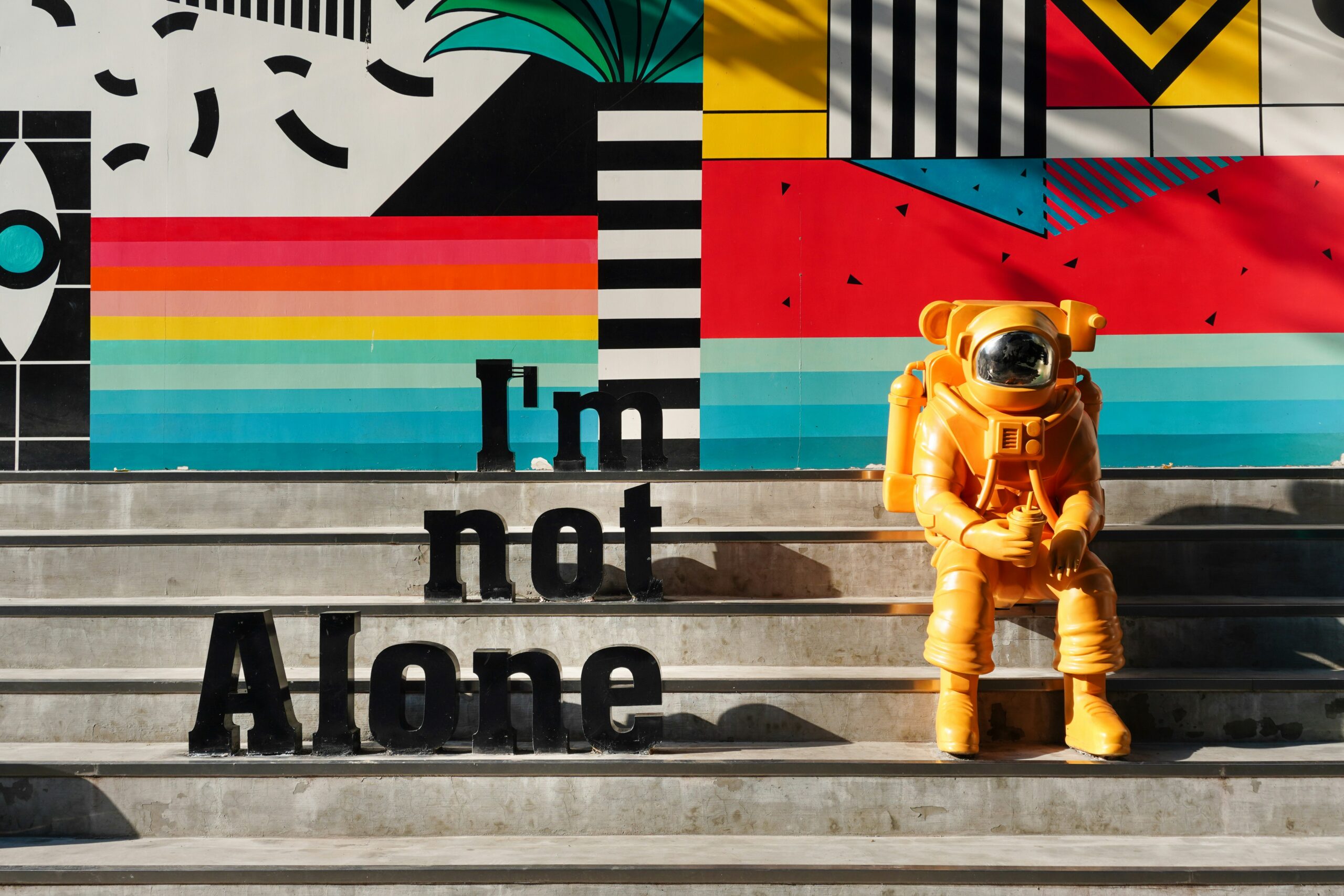“The Law of Attraction … uses the power of the mind to translate whatever is in our thoughts and materialise them into reality. In basic terms, all thoughts turn into things eventually. If you focus on negative doom and gloom you will remain under that cloud. If you focus on positive thoughts and have goals that you aim to achieve you will find a way to achieve them with massive action.” (‘What Is The Law Of Attraction? Open Your Eyes To A World Of Endless Possibilities.’ (http://www.thelawofattraction.com/what-is-the-law-of-attraction/)
Law of Attraction
Engaging in the process of vision boarding is an uplifting, positive and fun experience. The concept is based around the Law of Attraction with the intention of helping you to clearly express and then materialise the goals and outcomes you wish to achieve in your life. Now more than ever, it is crucial that we are able to visualise the future and look ahead to a time when we can realise our goals. #VisionBoard #LawOfAttraction
Naysayers
Anecdotal evidence indicates that the concept of visualisation inspired by the Law of Attraction does work. However, there are some naysayers who suggest that it does not. Dr Neil Farber believes the Law of Attraction to be a pseudoscience. Consequently, he doesn’t believe in vision boarding. Interestingly, his articles, ‘Throw Away Your Vision Board’ in Psychology Today (23 May 2012) and ‘The Truth About the Law of Attraction’ in Psychology Today (8 Sept 2016) provoked a torrent of hate mail and abuse from people who have achieved great success from producing vision boards.
Visualisation
Indeed, many people believe that vision boarding is extremely effective in helping us visualise what we would like to achieve in our lives. In her article in the Huff Post, ‘The Reason Vision Boards Work and How to Make One’, Elizabeth Rider asserts that, ‘Creating a sacred space that displays what you want actually does bring it to life. What we focus on expands. When you create a vision board and place it in a space where you see it often, you essentially end up doing short visualisation exercises throughout the day’ (2015).
Manifest Your Goals and Aspirations
Being at home at this time of COVID-19 is a perfect opportunity to spend time creating a vision board. You may want to work together with friends on this process via video conference. To start your vision board, write down 3—5 personal and professional life goals you wish to achieve within the next 6 months to 5 years. These might relate to your career, family, relationships, health and wellbeing, and personal growth. Then, sift through a pile of magazines, newspapers, and other publications to find words and images that encapsulate these goals and aspirations for your future. You can do this digitally too via Pinterest. If you can, I would encourage you to create a physical board as the process of cutting, pasting and visually representing your desires helps you powerfully manifest them.
Build a Collage
Next, you take the images and words that resonate with you and build a collage using a lot of glue and creativity. If a single image doesn’t quite capture your desires, then overlay the image with meaningful words. Be sure not to clutter the board as you want to make sure that your goals are focused and organised.
Crystallise Outcomes
The end result is a board representing a visualisation of your personal and professional purpose. Formulating your vision board helps you crystallise the outcomes you desire and manifest the life you want for yourself.
Visual Reminder
Place your vision board in an accessible position to serve as a visual reminder of the life goals you seek. This will help you regularly manifest your goals and outcomes and inspire and motivate you to find ways to achieve them. The images on your vision board, and the thoughts and positive emotions you attach to them, will help you focus your intention to make your desires a reality.
Author: Alisa Salamon, Life Coach at InsideOut






